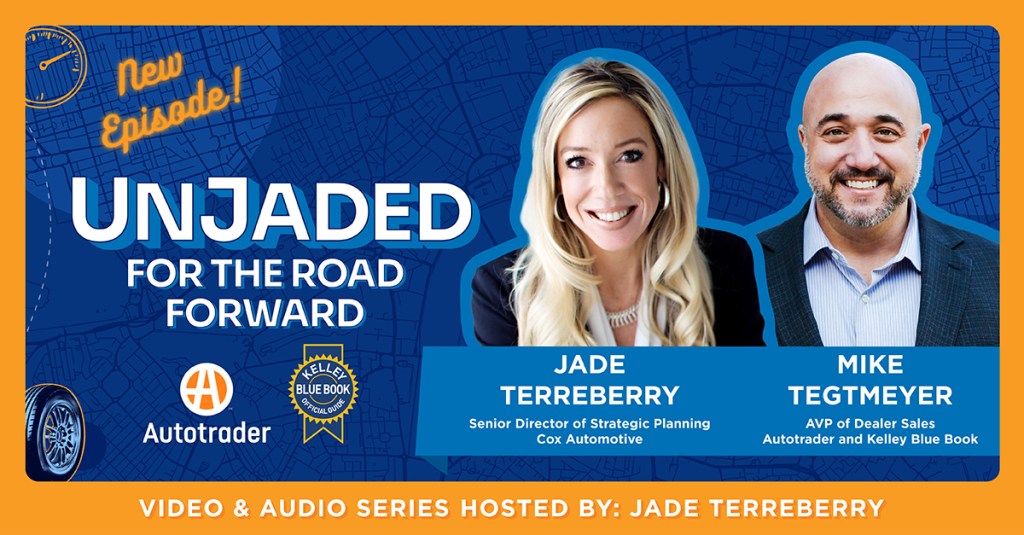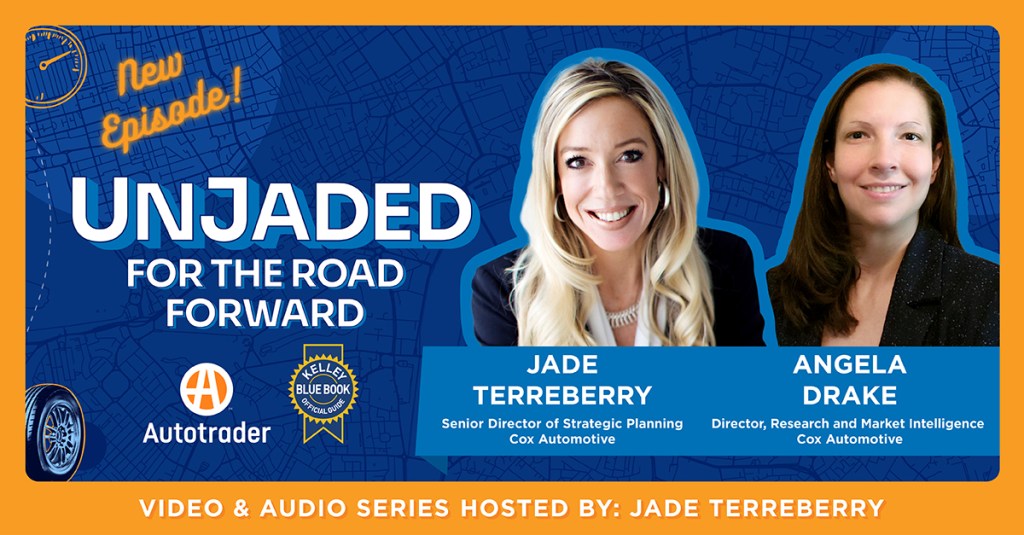Featured Guest: Nancy Dunham, Principal Analyst, Retail at WardsAutomotive gives her thoughts on the key predictions and trends for 2025, sharing what she believes dealers, as well as the industry as a whole, should be focused on in the coming year in order to not only prepare, but to be a step ahead and plan for the shifts and changes bound to happen in a post-election cycle.
Listen or Watch to this episode to hear more about the following hot topics covered in the episode:
- Predictions for 2025: The automotive market is expected to see growth in new, used, and wholesale vehicle sales. Dealers should focus on value models and certified pre-owned vehicles to attract budget-conscious consumers.
- EV Mandates and Dealer Challenges: Dealers are struggling with the current EV mandates due to insufficient infrastructure and consumer education. Crucial items are outlined for dealers to align their offerings with consumer demands and educate them about EV benefits.
- Vehicle Affordability: Affordability remains a significant concern. Hear recommendations on why Dealers should partner with lenders and use tools to help consumers understand financing options and insurance costs, emphasizing education to make vehicles more accessible.
- Consumer Satisfaction and Omni-Channel Retailing: Personalization, inventory incentives, and omni-channel retailing are key drivers of improved customer satisfaction. Dealers need to cater to diverse consumer preferences and enhance their online and in-store strategies.
- Staff Education and Technology: Why you should be educating dealership staff on the benefits of technology and AI, and the ways it can improve customer interactions and sales processes. Dealers should use technology to enhance, not replace, the human element in customer service.
ABOUT OUR GUEST:
Nancy Dunham
Principal Analyst, Retail, WardsAutomotive
Nancy Dunham is an automotive journalist with WardsAuto, serving as principal analyst for retail. Her experience includes extensive work as a managing editor, section editor, breaking news editor and public speaker. She has had pieces published in Automotive News, NADA publication, Bobit Publications, CARFAX, and US News & World.
TIME STAMPS:
0:00 – 1:00
Introduction
Jade Terreberry introduces the podcast and the guest, Nancy Dunham, Principal Analyst of Retail for Ward Automotive.
1:00 – 2:14
Guest Introduction
Nancy Dunham is introduced, and she expresses her admiration for Cox Automotive and Jonathan Smoke.
2:14 – 3:01
Post-Election Cycle
Discussion on the impact of the post-election cycle on the automotive industry, focusing on EV mandates and dealer challenges.
3:01 – 5:10
EV Mandates and Dealer Challenges
Nancy highlights the difficulties dealers face with EV mandates and the importance of infrastructure and consumer education.
5:10 – 7:06
EV Sales and Consumer Sentiment
Jade and Nancy discuss the importance of dealership staff being prepared to sell EVs and the impact of consumer sentiment on EV sales.
7:06 – 8:45
Vehicle Affordability
Nancy talks about the ongoing issue of vehicle affordability and the strategies dealers can use to address these challenges.
8:45 – 9:21
New and Used Car Sales Predictions
Predictions for new and used car sales in 2025, emphasizing the importance of education and partnership with focus.
9:21 – 11:46
Ownership Benefits and Incentives
Discussion on the importance of educating consumers about ownership benefits and available incentives.
11:46 – 12:57
EV Market Growth
Predictions for modest growth in the EV market and the importance of offering a balanced mix of vehicles.
12:57 – 14:21
Inventory Mix and Sourcing
The significance of maintaining a diverse inventory mix and sourcing high-demand vehicles.
14:21 – 15:52
Consumer Satisfaction and Omni-Channel Retailing
The rise in consumer satisfaction driven by personalization, inventory incentives, and omni-channel retailing capabilities.
15:52 – 18:03
Technology and Dealer Staff Education
The importance of using technology to enhance the dealership experience and educating staff on its benefits.
18:03 – 19:50
AI and Automation
How AI and automation can help dealers do more with the same resources and improve consumer trust and satisfaction.
19:50 – 21:25
Selling to Multiple Generations
The need for dealers to cater to five distinct generations of consumers and the importance of diverse communication strategies.
21:25 – 23:04
Top Advice for Dealers
Nancy’s top advice for dealers: Educate staff to treat consumers as valued customers and leverage community engagement.
23:04 – 24:43
Closing Remarks
Jade wraps up the episode.












